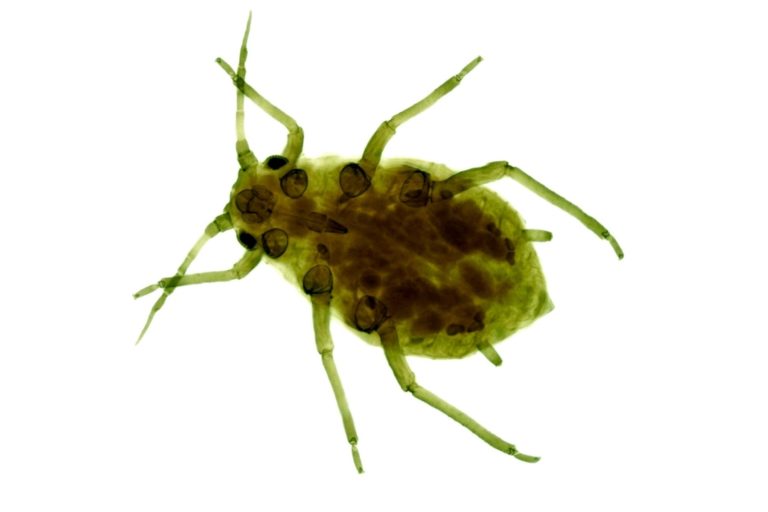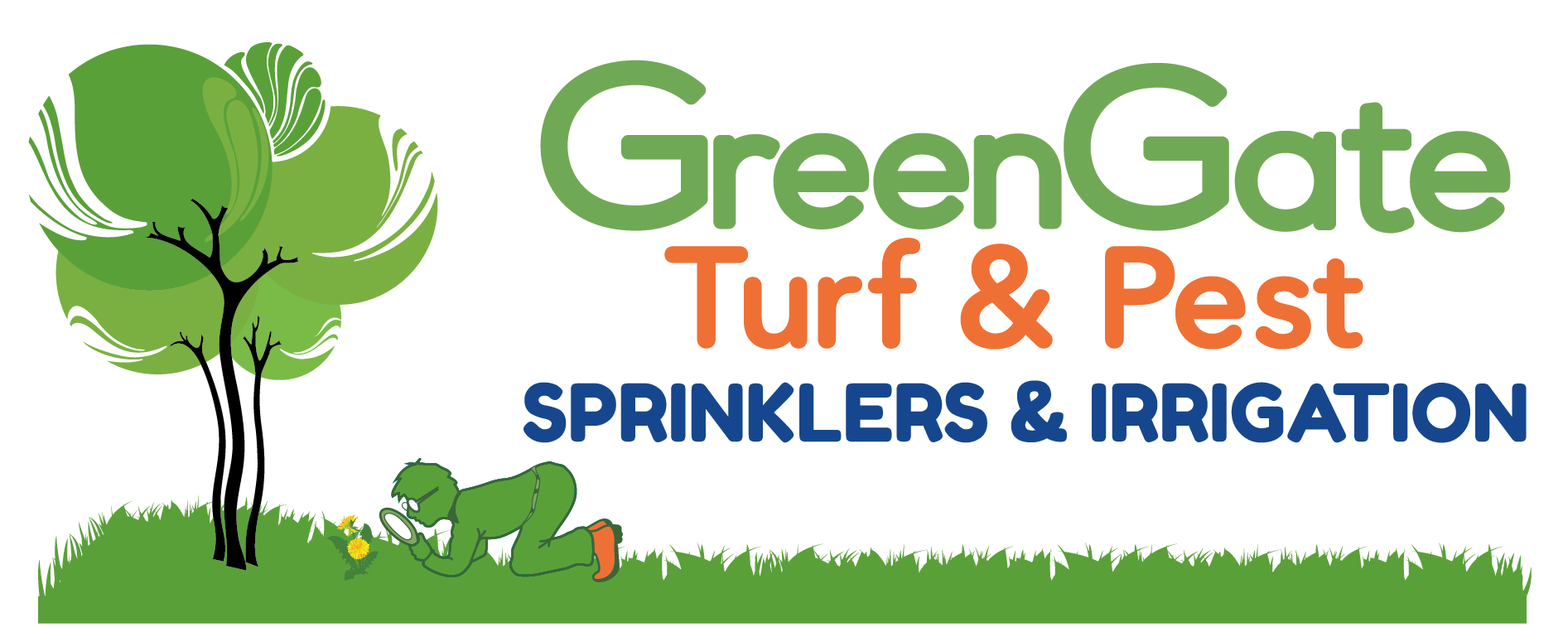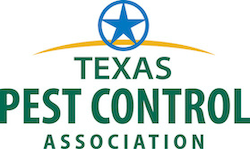Aphids
- Aphids are very common insects and are found on most plants in yards and gardens. They are small, pear-shaped, and soft-bodied. They can range in color from green, black, red yellow, brown, orange, or gray.
- Signs of severe aphid feeding are twisted and curled leaves, yellowed leaves, stunted or dead shoots, and poor plant growth.
- They can often be managed with only non-chemical options or low-risk pesticides.
- Adults are usually wingless, but most species can develop a winged form when populations become crowded, so that when food quality suffers, the insects can travel to other plants, reproduce, and start a new colony.
- Aphids usually feed in large groups, although you might occasionally see them singly or in small numbers.
- Some species, such as the green peach, feed on a variety of plants, while others, such as the rosy apple aphid, focus on one or just a few plant hosts.
- If the leaves or stems of a plant are covered with a sticky substance, that is a sign that plant lice may have been sipping sap. This “honeydew,” a sugary liquid produced by the insects as waste, can attract other insects, such as ants, which gather the substance for food. When they feed on trees, their honeydew can drop onto cars, outdoor furniture, driveways, and so on.
- The honeydew can sometimes encourage a fungal growth called sooty mold, causing branches and leaves to appear black.
- They may transmit viruses between plants, and also attract other insects that prey on them, such as ladybugs.
References
“Aphids in Home Yards and Gardens.” Extension.umn.edu, extension.umn.edu/yard-and-garden-insects/aphids.
Old Farmer’s Almanac. “Aphids.” Old Farmer’s Almanac, 30 Mar. 2019, www.almanac.com/pest/aphids.







